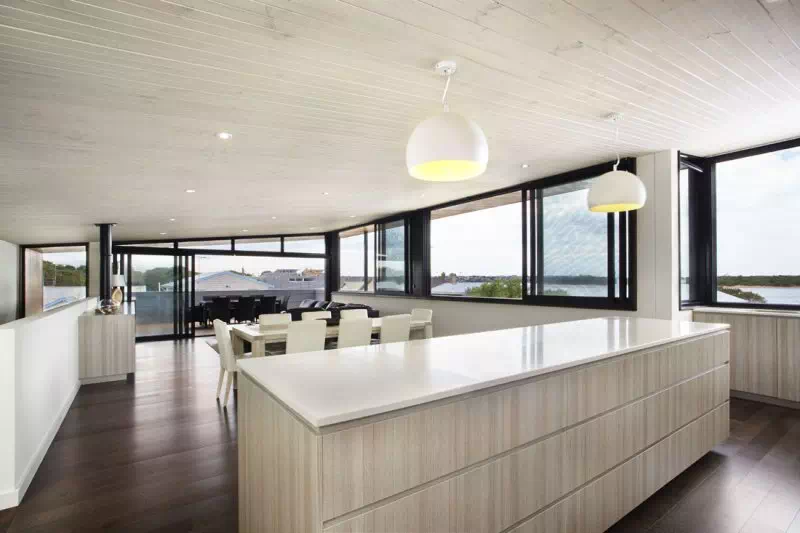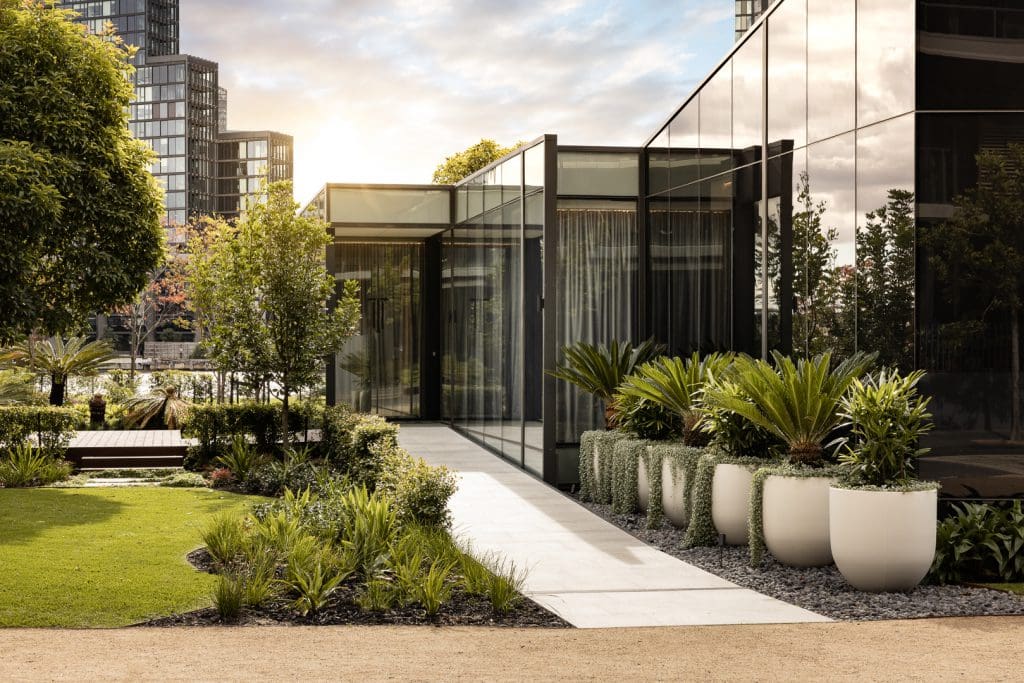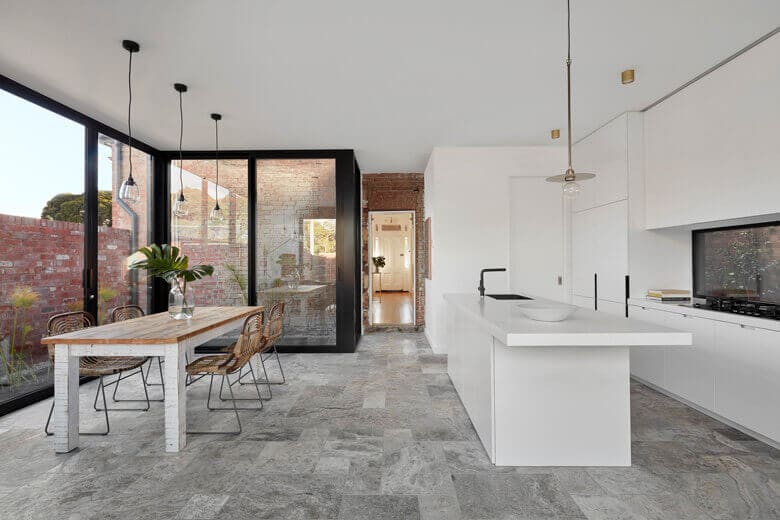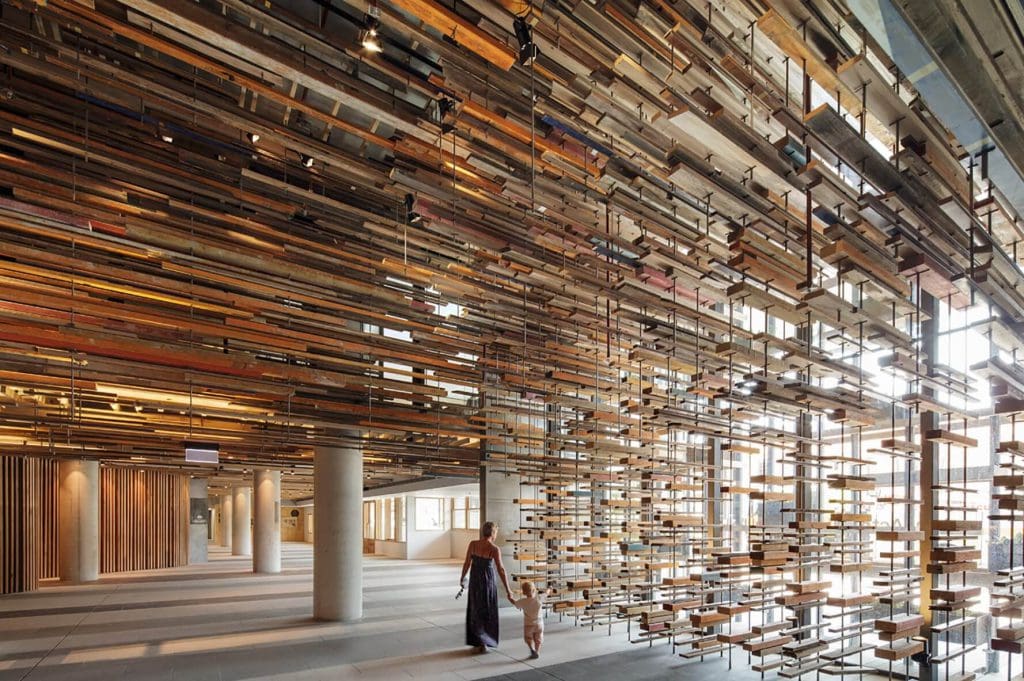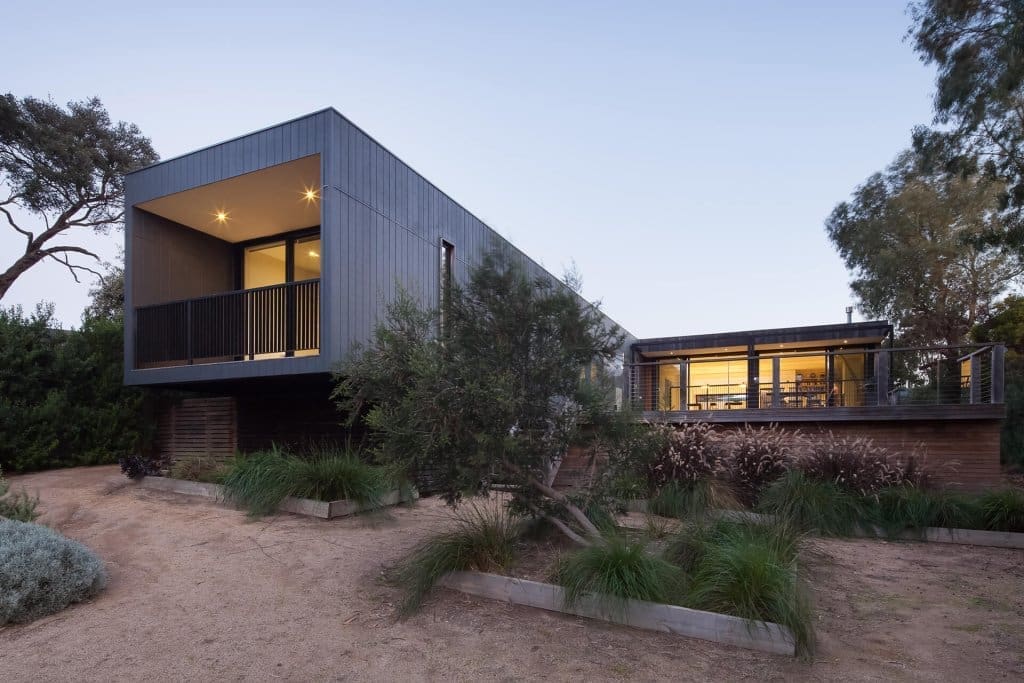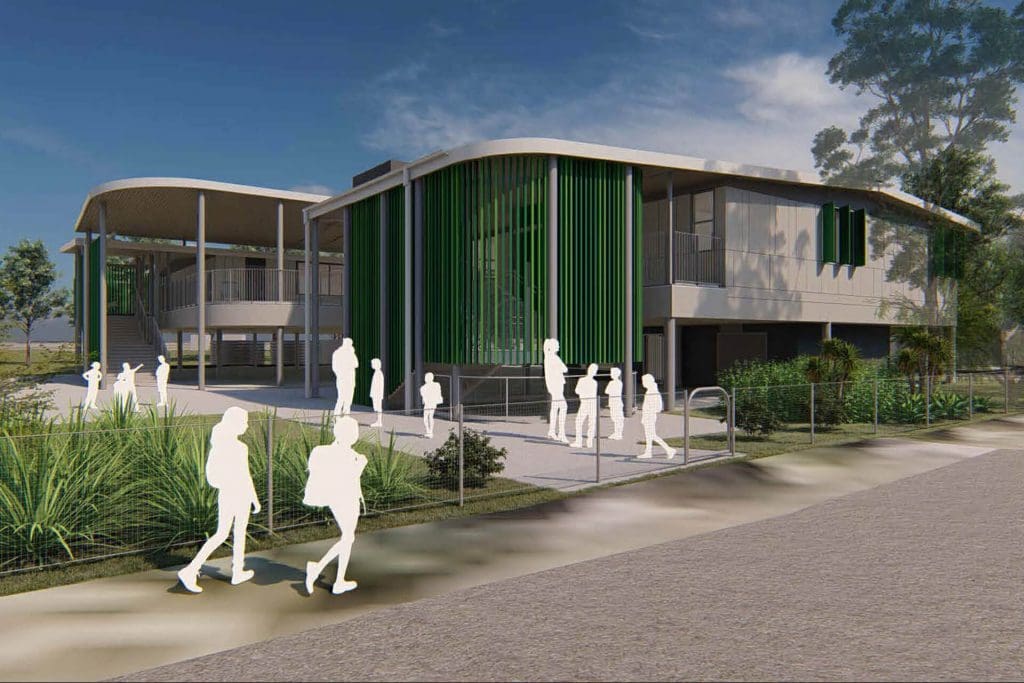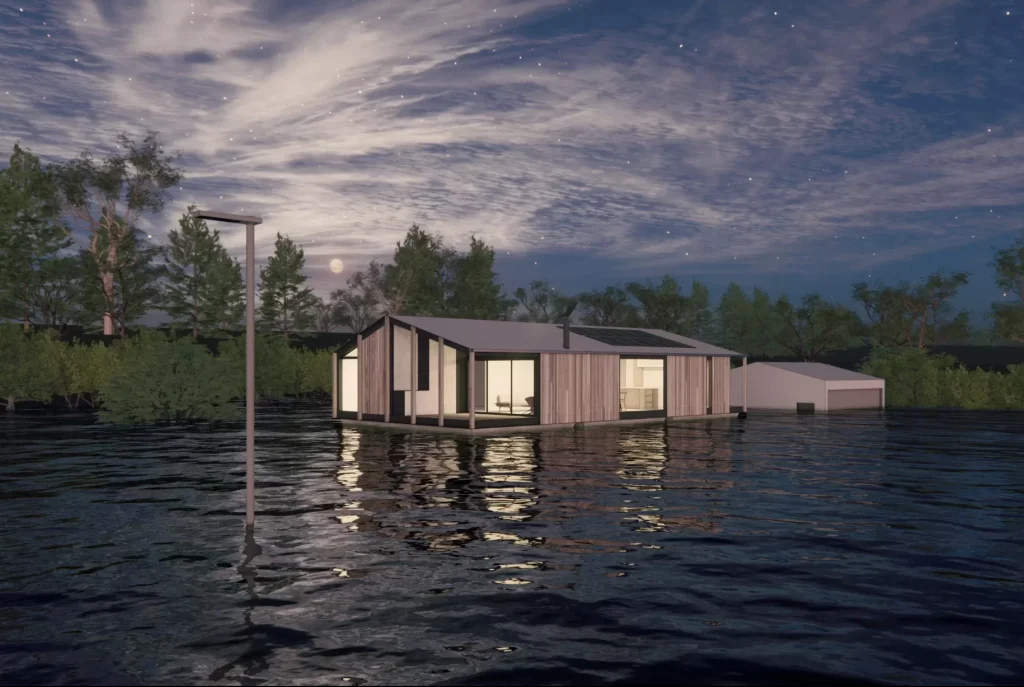Why You Should Consider Flipping Your Floorplan
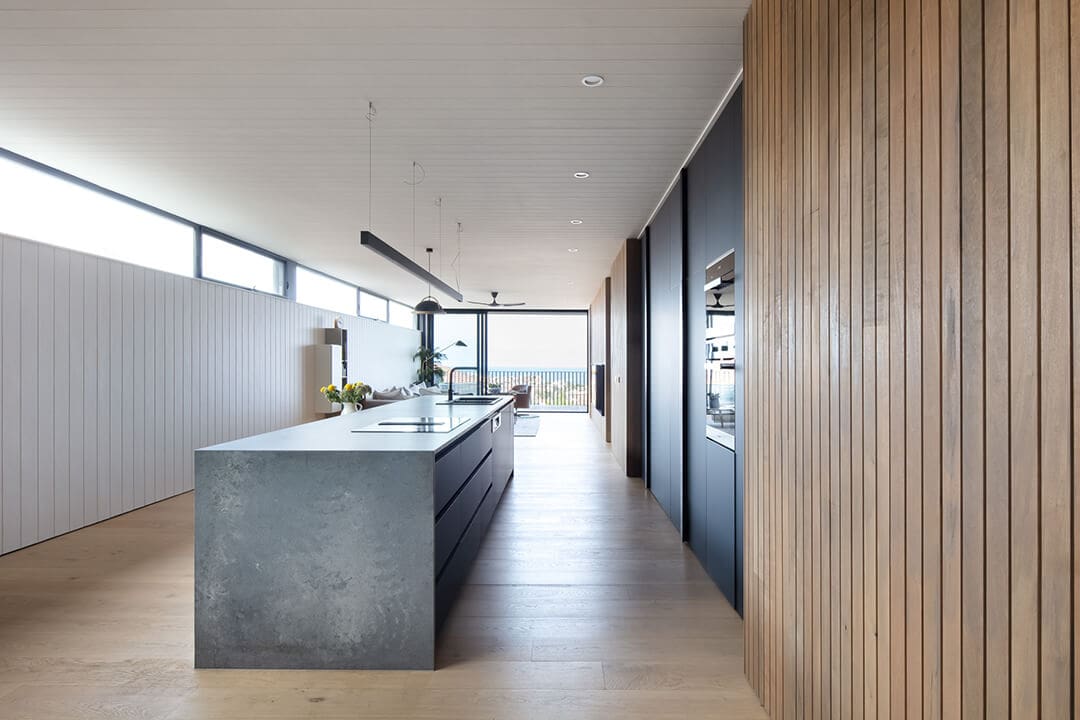
Traditionally, most two-storey homes have followed the same pattern: kitchen and living areas on the ground floor and bedrooms on the upper floor. But many couples and families who have experienced apartment living or who have a block with stunning views have begun to opt for an ‘upside- down’ house. Here’s a few reasons why…
Sweeping Views
One of the major draw cards of reverse living are the panoramic views you can experience from an elevated position. Looking out the window from ground level, we often have to contend with fences, neighbouring houses, pavements and roads. Yet on the second floor all of these seem to slide out of view. In almost any city or suburb, the skyline holds a romantic and expansive quality, and with careful planning a reverse living house can let you enjoy it at your leisure. In coastal towns across the country, reverse living has become something of a norm, a great number of families spend their communal time taking in stunning coastal and country views!
Entertaining
When dreaming of their ideal house design, many homeowners take into consideration the entertainment aspect of having friends and family over for dinner parties, drinks and special occasions. As a result, open plan living and large kitchens have become increasingly popular and take on a whole new charm when you have sweeping views to work with. Rather than feel confined on lower floors, entertainment areas upstairs offer a sense of grandeur and openness that form the back drop to any occasion. And with the addition of a balcony, indoor and outdoor options offer new configurations, news settings and new ways to ‘wow’ family and friends.
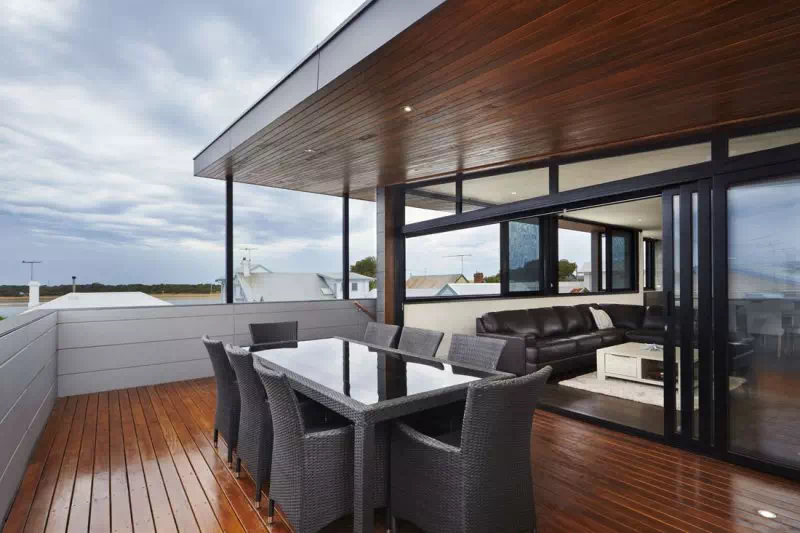
Natural Light and Ventilation
With sliding doors and large windows for communal areas, any space on the second floor attracts a great deal of natural light and can avail itself to prevailing breezes. The cross-ventilation that can be achieved in these circumstances can cool the house significantly during summer, while the additional available light in winter can lessen heating and lighting costs. Coupled with passive design principles, the additional light and ventilation will not only reduce household bills, but can greatly increase household health and comfort.
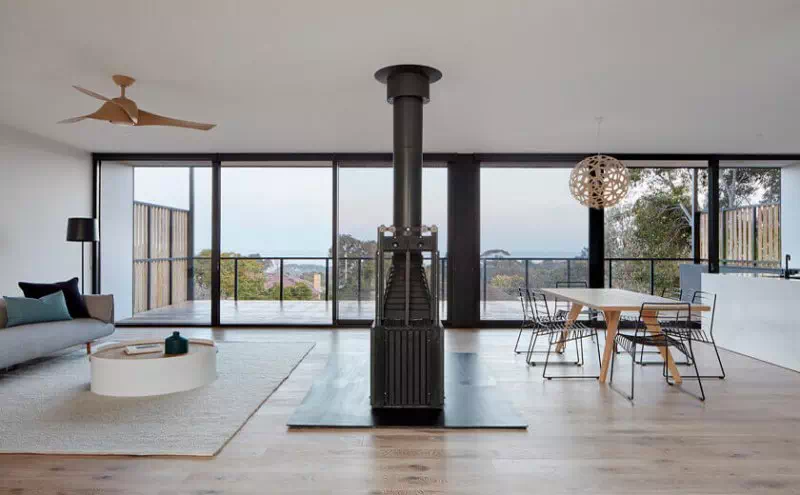
Privacy
With many one-storey homes there can be the uncomfortable feeling that anyone walking by can peer easily into our private lives. Most often, the answer to this has been to close blinds and curtains, with the result that we gain privacy while losing access to the wonderful outdoors aspects we want to enjoy. With good design, upstairs living areas can solve this problem, creating angles and obstruction for those looking up while allowing plenty of view for those looking out.
Zoned Spaces
For a family with teenagers or independent older children, the thought of zoned living can be quite appealing. Allowing the bottom floor to be devoted to bedrooms, gaming and entertaining areas can give younger family members plenty of freedom and options, while adults are able to enjoy peace and quiet upstairs. Similarly, for empty nesters and families who might have visiting friends and families, segmentation of living spaces provides all parties with privacy and added comfort.
Higher Ceilings
Another advantage of reverse-living is the ability to have raised/raked ceilings for your communal living spaces which would not be feasible if you remained on the ground floor. This gives designers and architects much more room to work with when planning the features of your home and can produce some stunning results.
_________
Convinced an ‘upside-down’ house is for you? There’s a couple of things you need to consider and plan for.
As with any trend or design innovation, there are some things that you need to consider when opting for a departure from the norm. As many more things have to make their way upstairs, and on a more regular basis, the first thing that many people consider is the width of their staircase. Essentially, every staircase should have the ability to accommodate large items of furniture such as dining tables, fridges and bookshelves, and some thought will have to be given as to how you want to transport your groceries on a weekly basis. If internal restrictions exist, often the addition of a residential lift or external staircase can solve these problems.
Lastly, some thought should be given to how you maintain a link with your garden, now that most of your time will be taken upstairs. Some have solved this problem with balconies filled with pot plants, while others have carefully selected indoor plants. Even climbing vines can be used to beautifully intertwine the outdoors with your inside areas.
We’ve created a number of reverse living homes for clients – browse our Completed Projects page for inspiration.
More from our blog:
[/fusion_text][/fusion_builder_column][/fusion_builder_row][/fusion_builder_container]
